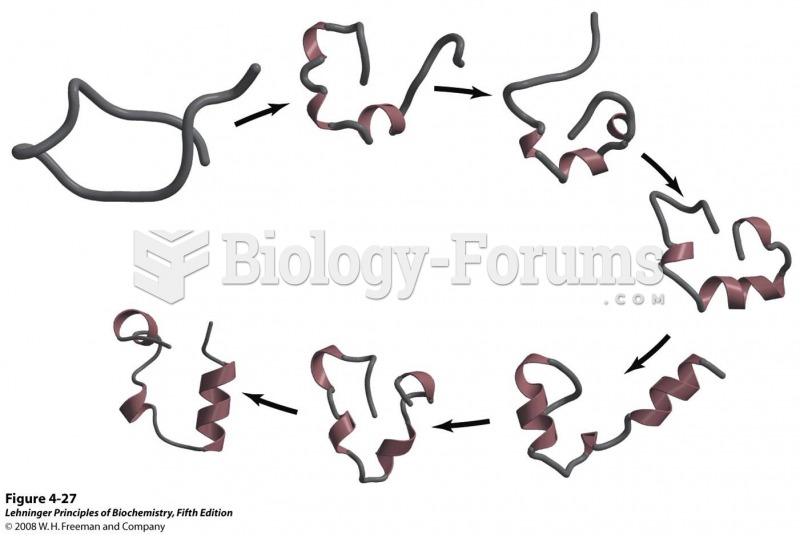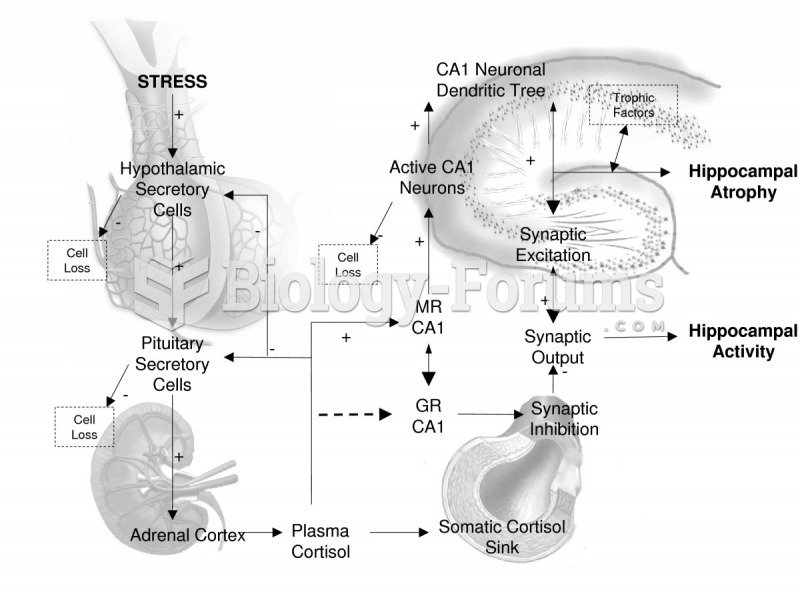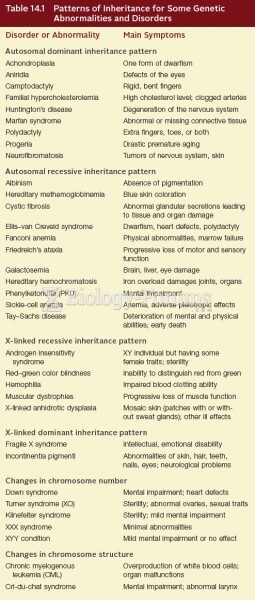Answer to Question 1
Most adolescents have brief and self-limiting symptoms related to eating (about 70 recover)
Some adolescents exhibit fluctuations of weight loss and gain
Some adolescents continue to struggle and/or deteriorate over time and are usually hospitalized
Age of onset has two peak times: childhood to adolescence and adolescence to adulthood
Young adolescents are most likely to be develop anorexia while older adolescents develop bulimia
Prevention is the best course of action (universal programs promoting healthy life styles)
Early intervention provides the best outcomes (medical, dietary, family, individual)
Later intervention may require medical stabilization and/or hospitalization
Relapse is common and should be planned for in treatment
Cognitive behavioral therapy for eating disorders is a common and effective treatment
Medication can be used for bulimia and/or to treat underlying psychopathologies
Answer to Question 2
Depression involves multiple symptomsincluding mood-related, cognitive, physical, and behavioral symptomsthat persist over time and cause impaired functioning. Specific depression symptoms include feeling sad, down, or blue; a loss of enjoyment and the inability to experience pleasure; irritability; negative thinking; pessimism; hopelessness; difficulty in concentration, memory, and decision making; feeling fatigued and without energy; agitation; increase or decrease in sleep; increase or decrease in appetite; and social withdrawal.Bipolar disorder is much rarer than depression and involves not only depression but also mania or hypomania. Individuals cycle between periods of elevated or depressed mood and normal mood. In many ways mania is the opposite of depression. It is a disorder marked by grandiose or irritable mood; increased energy, activity, and distractibility; and excessive engagement in pleasurable behaviors that may lead to painful consequences. Hypomania is a mild version of mania. To determine whether a person should be diagnosed with unipolar or bipolar disorder, the clinician must look beyond the client's present episode and get information about the client's previous history.







